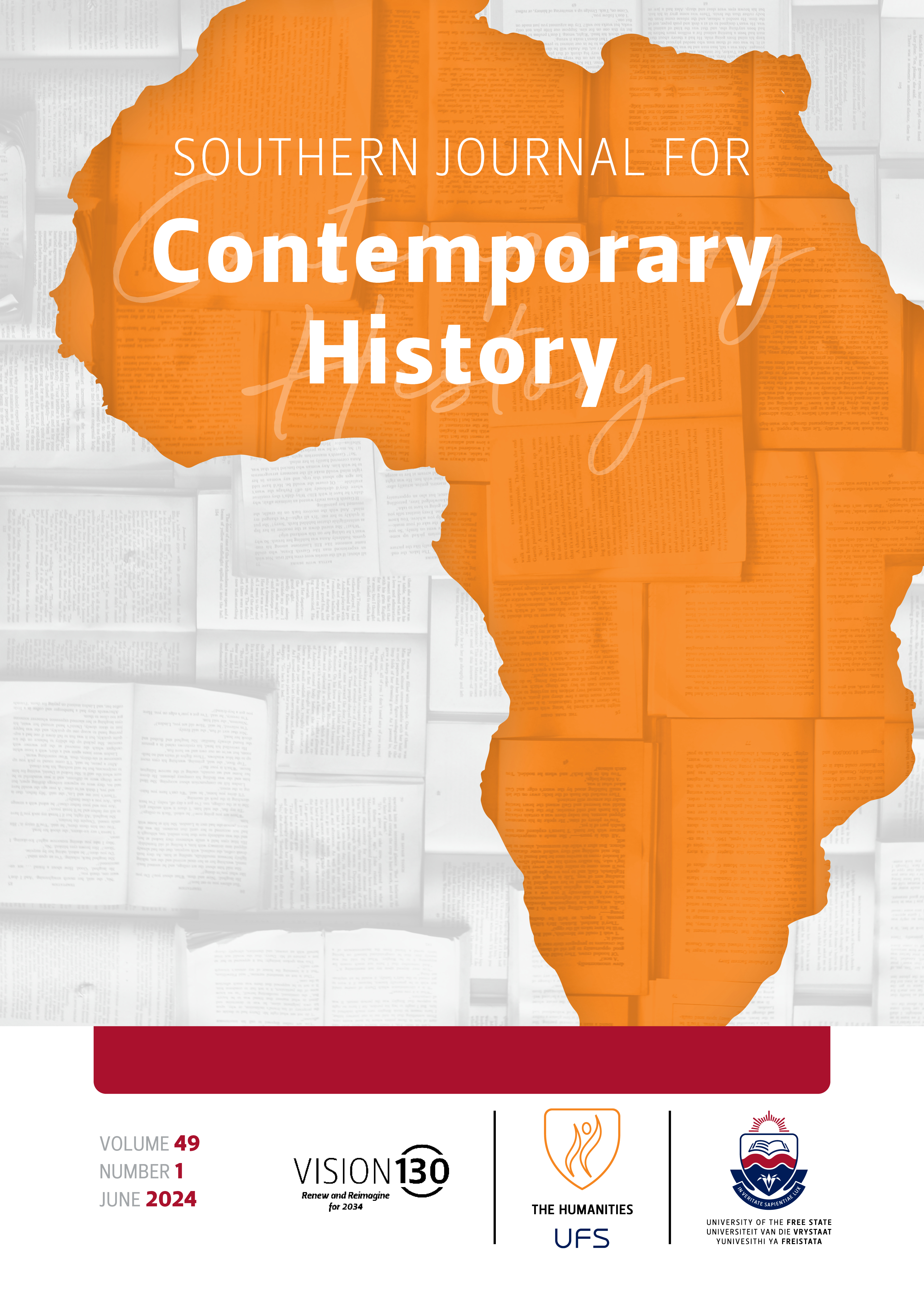Prominent Malawian Machona Progenies in Zimbabwe
DOI:
https://doi.org/10.38140/sjch.v49i1.8020Keywords:
migrant labour, prominence, visibility, marginalisation, economic, political and cultural agency, Malawians, Zimbabwe, Southern AfricaAbstract
As immigrants settle and gradually entrench themselves in foreign spaces, some permeate the socio-economic and political fabric of their host nation and in the process assume unprecedented hegemonic prominence over time. Such has been the case of Malawian Machona (lost ones) descendants in Southern Africa, who as products of the colonial labour migration system, have over the years carved a niche for themselves in their adopted lands. Despite many of them living invisibly on the margins of the state, they have exhibited and showcased their unique ancestral traits and gained prominence across various fields. In Zimbabwe and South Africa, which are territories that immensely benefited from the sweat of colonial regional migrant labour, these immigrants have imprinted their genetic socio-cultural cosmology and left an everlasting influence and legacy across numerous spheres. Therefore, using biographical narratives of people of Malawian ancestry in Southern Africa, this article details how descendants of Malawian labour migrants in the region have become visible and left an indelible mark on the southern African geo-political landscape. The article anchors itself within the concept of visibility and invisibility, to showcase how migrants become prominent or visible in situations where formal bureaucracies and even historiographies tend to conceal, invisibilize or underrepresent such minorities. In the context of Malawian progenies, this prominence or visibility emerges out of an inherent assertiveness that has been historically informed by numerous socio-cultural circumstances in the diaspora.
Downloads
##submission.downloads##
Published
How to Cite
Issue
Section
License
Copyright (c) 2024 Anusa Daimon

This work is licensed under a Creative Commons Attribution 4.0 International License.




